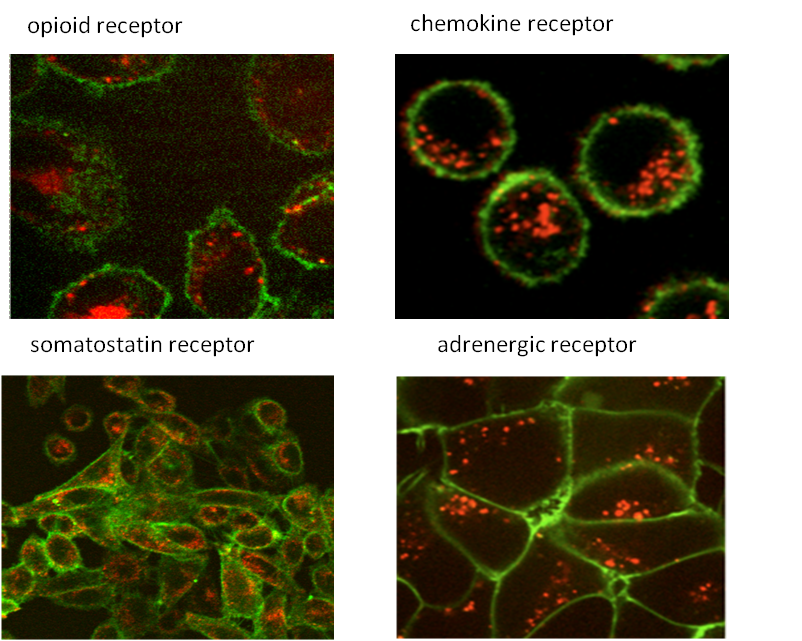As a research scientist, Jonathan W. Jarvik recently decided to do something different.
For funding, he decided to seek small donations from many rather than one large grant from the likes of the National Institutes of Health.
And while his focus is a newly discovered protein that shows promise in reversing the aging process, he set his sights on improving the health and lifespan of Mopsy and Tigger rather than John and Martha.
SpectraGenetics Inc., Mr. Jarvik’s company on the South Side, is using crowdsource fund raising, so-called “crowdfunding” to raise money to reverse aging in pets using a site atIndiegogo.com. The campaign faces a Sunday funding deadline with $2,400 collected to date. The goal is $95,000.
“I am disappointed that we have not raised more,” he said. “But I am hopeful that contributions will accelerate as more people become aware of our campaign and recognize the remarkable opportunity it represents.”
Mr. Jarvik, a Ph.D. in genetics and a Carnegie Mellon University professor, is interested in GDF11, a protein generated by a gene of the same name that’s generating excitement worldwide, including at the National Institute of Aging.
A Harvard University study last year found that transfused blood from young mice with high levels of the protein “triggered new muscle and more neural connections” in old mice, with follow-up studies revealing “that their memory formation improved,” stated the journal Science, which cited GDF11 as one of the year’s best medical discoveries.
A video explaining Mr. Jarvik’s project at Indiegogo says GDF11 “makes the muscles, minds and hearts of aging mice stronger and more youthful.” As with mice, GDF11 protein levels drop off as humans age.
Mr. Jarvik’s research at CMU involves cell receptors — protein molecules on cell membranes where such biological agents as hormones, antibodies, molecules and neurotransmitters attach themselves and alter cell function. SpectraGenetics provides biological tools for pharmaceutical companies to develop treatments that target receptors.
The pet research will use CMU technology to test thousands of off-patent drugs and other safe compounds to find GDF11 boosters, the Indiegogo video states. If one is identified, Mr. Jarvik said, they will release the findings to the public for use with pets “with no strings attached.” Such a GDF11 booster for humans would take years to develop, test for safety and effectiveness, and get approvals for market. Proving effectiveness in animals involves lower costs and fewer regulations.
“This is a fascinating project dealing with aging,” said Mr. Jarvik, the brother of Robert Jarvik, a developer of the Jarvik-7 artificial heart. “This is a special opportunity, and it would be nice if we could turn this into something real.”
Using crowdfunding in science is a relatively new concept. But Indiegogo cofounder Danae Ringelmann said scientists and researchers already have embraced it “as a powerful way to fund and publicize groundbreaking medical research, innovative medical devices and scientific research.” She notes the $98,685 raised to cure black-bone disease, $317,540 to fund human clinical trials for a stem-cell treatment for multiple sclerosis, and $355,583 donated to measure a person’s microbiome as a health indicator. In the latter case, each donor was offered a free microbiome assessment.
Indiegogo will sponsor a Lunch n’Learn workshop at 11 a.m. Friday at the Greater Pittsburgh Arts Council, 810 Penn Avenue, Downtown, on crowdsource fundraising. The event is free but an RSVP is required.
Christian Manders, chief operating office of the Pittsburgh biomedical company Promethean LifeSciences Inc., is not involved with Mr. Jarvik’s project but has been watching with interest. He said SpectraGenetics officials learned about crowdfunding during a bus trip to a state biotechnical conference in October with scientists and students.
“I think what they are doing definitely is unique in my eyes because this is a sophisticated scientific company attacking a specific problem with cutting-edge research,” Mr. Manders said. “This has possibility for tremendous impact on public health and aging wellness. They can come up with a compound to help with aging animals and piggyback that compound to do the same for humans.”
David Templeton: dtempleton@post-gazette.com or 412-263-1578.




